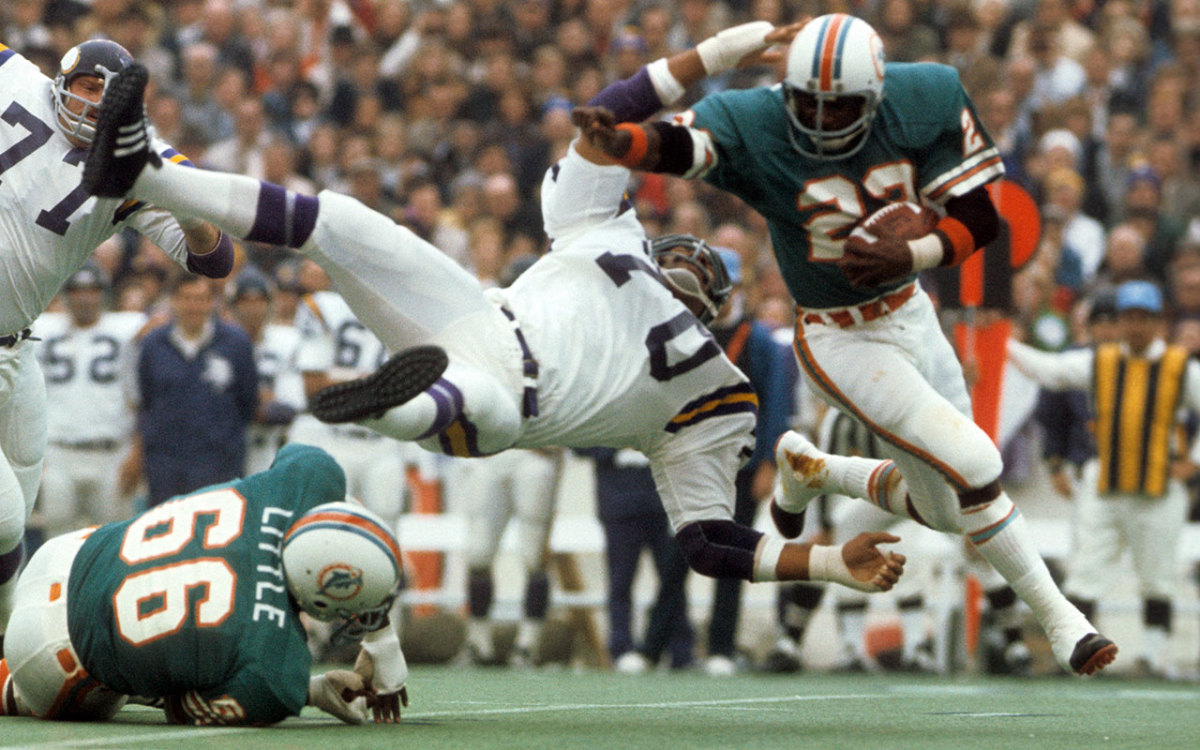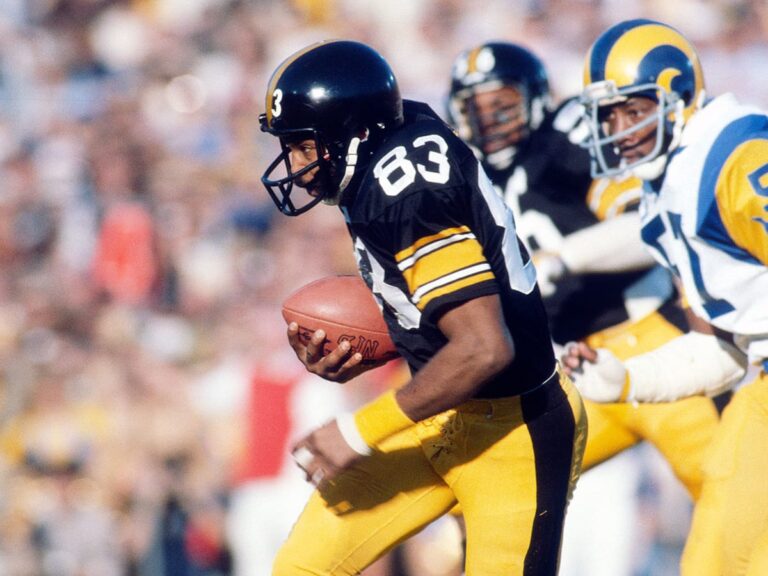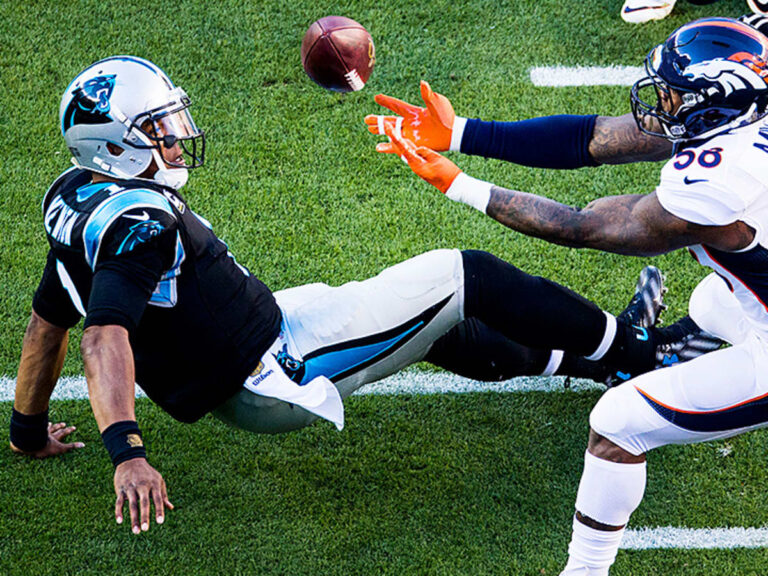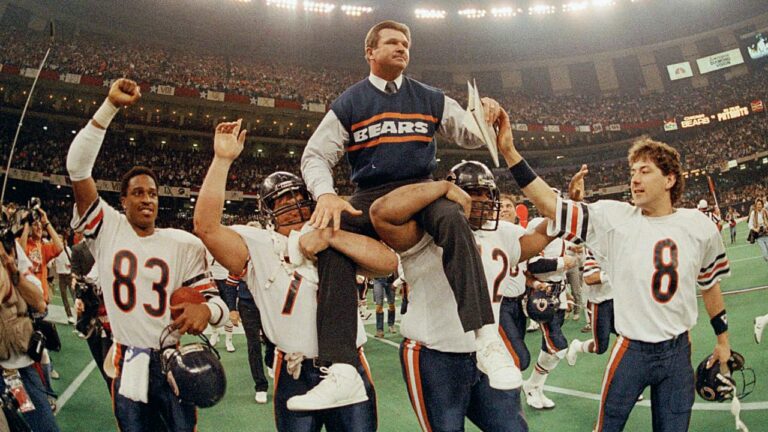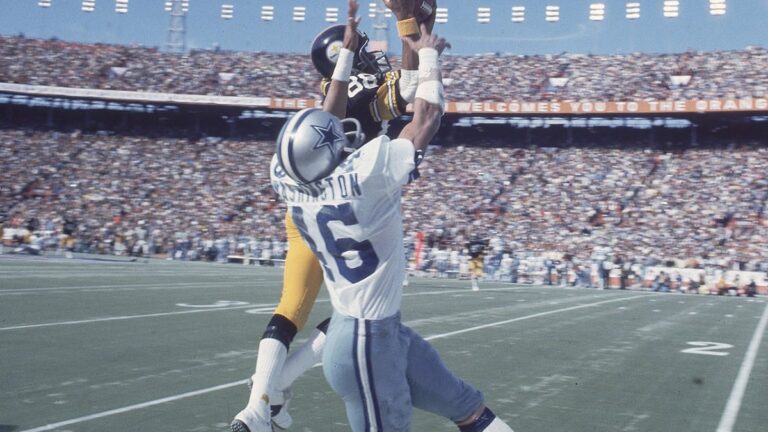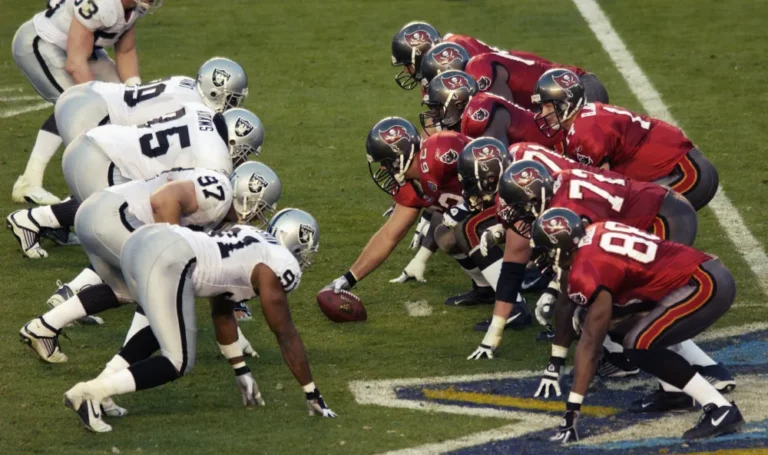Super Bowl VIII: Dolphins’ Dominance Continues in a Rushing Showcase
Introduction:
Super Bowl VIII, held on January 13, 1974, at Rice Stadium in Houston, Texas, marked the Miami Dolphins’ second consecutive appearance in the championship game. Facing off against the Minnesota Vikings, the Dolphins aimed to secure back-to-back Super Bowl victories and further solidify their status as a football powerhouse. This blog post delves into the narrative of Super Bowl VIII, a game that showcased the Dolphins’ dominance, particularly in the rushing game.
The Context:
Super Bowl VIII unfolded against the backdrop of the Miami Dolphins’ recent triumph in Super Bowl VII, where they completed the perfect season. Coached by the legendary Don Shula, the Dolphins were on a mission to maintain their winning momentum. The Minnesota Vikings, led by coach Bud Grant, presented a formidable challenge as the representatives of the National Football Conference (NFC).
The Teams and Players:
The Dolphins’ roster boasted an array of talent, including quarterback Bob Griese, running backs Larry Csonka and Mercury Morris, and a formidable offensive line. The Vikings, known for their “Purple People Eaters” defense, featured quarterback Fran Tarkenton and a lineup determined to avenge their Super Bowl IV loss.
The Game Unfolds:
Super Bowl VIII kicked off with the Dolphins showcasing their trademark rushing attack. Larry Csonka, named the game’s MVP, spearheaded an offensive onslaught that the Vikings struggled to contain. The first quarter saw the Dolphins taking a 7-0 lead with a touchdown run by Morris.
The Vikings responded with a field goal, narrowing the gap to 7-3. However, the Dolphins continued to dominate on the ground, with Csonka scoring another touchdown in the second quarter, extending their lead to 14-3.
Rushing Showcase:
Super Bowl VIII was a testament to the Dolphins’ commitment to the running game. Larry Csonka, a powerhouse running back, led the charge with 145 rushing yards and two touchdowns. The offensive line’s stellar performance created openings for Csonka and Morris, allowing the Dolphins to control the clock and dictate the tempo of the game.
Csonka’s ability to break tackles and gain crucial yards became a defining element of Super Bowl VIII. The Dolphins’ rushing attack not only showcased their offensive prowess but also wore down the Vikings’ defense, leading to sustained drives and scoring opportunities.
Key Moments:
One of the pivotal moments of the game occurred in the third quarter when Csonka scored his second touchdown, further solidifying the Dolphins’ lead. The Vikings, unable to contain Miami’s rushing attack, found themselves trailing 24-7 entering the final quarter.
The Dolphins’ defense, led by the “No-Name Defense” and the “Killer Bs” defensive line, effectively limited Fran Tarkenton’s passing opportunities and contained the Vikings’ ground game. The Dolphins sealed their victory with a final score of 24-7, securing their second consecutive Super Bowl title.
Halftime Show and Cultural Impact:
Super Bowl VIII’s halftime show featured a tribute to the state of Texas, embracing the rich cultural heritage of the host location. While halftime shows of this era may not have been as elaborate as contemporary productions, they contributed to the Super Bowl’s growing cultural significance as a major entertainment event.
Legacy and Impact:
Super Bowl VIII solidified the Miami Dolphins as a football dynasty, securing their place in history with back-to-back championships. The rushing showcase in this game became synonymous with the Dolphins’ style of play and added another layer to their legacy of excellence.
Larry Csonka’s MVP performance underscored the importance of a dominant running game in championship football. The Dolphins’ ability to control the line of scrimmage and impose their will on the ground laid the foundation for their sustained success during this era.
Conclusion:
As we reflect on Super Bowl VIII, we celebrate the Miami Dolphins’ continued dominance and their ability to showcase a powerful rushing attack on the grandest stage. The victory in this game marked another chapter in the Dolphins’ storied history and demonstrated the effectiveness of a balanced, ground-focused approach in achieving football greatness.

